As the ‘new normal’ has undoubtedly changed the way we live, work, and shop, many brands have entered uncharted waters, where a complete shift in marketing approach and strategies has become the call of the hour. The situation has proved to be trying not only for brands but for everyone and brought about significant changes in consumer behaviour as well.
Today, to adapt to the dynamically shifting market landscape and to enable new capacities for innovation, it has become more important than ever to ‘listen to’ and understand what your consumers want.
The Gap
Customers looking for any product usually begin with online research to see which brand has the most to offer. A brand is judged not only by its online presence but also by the offline interactions and touchpoints the offer to consumers
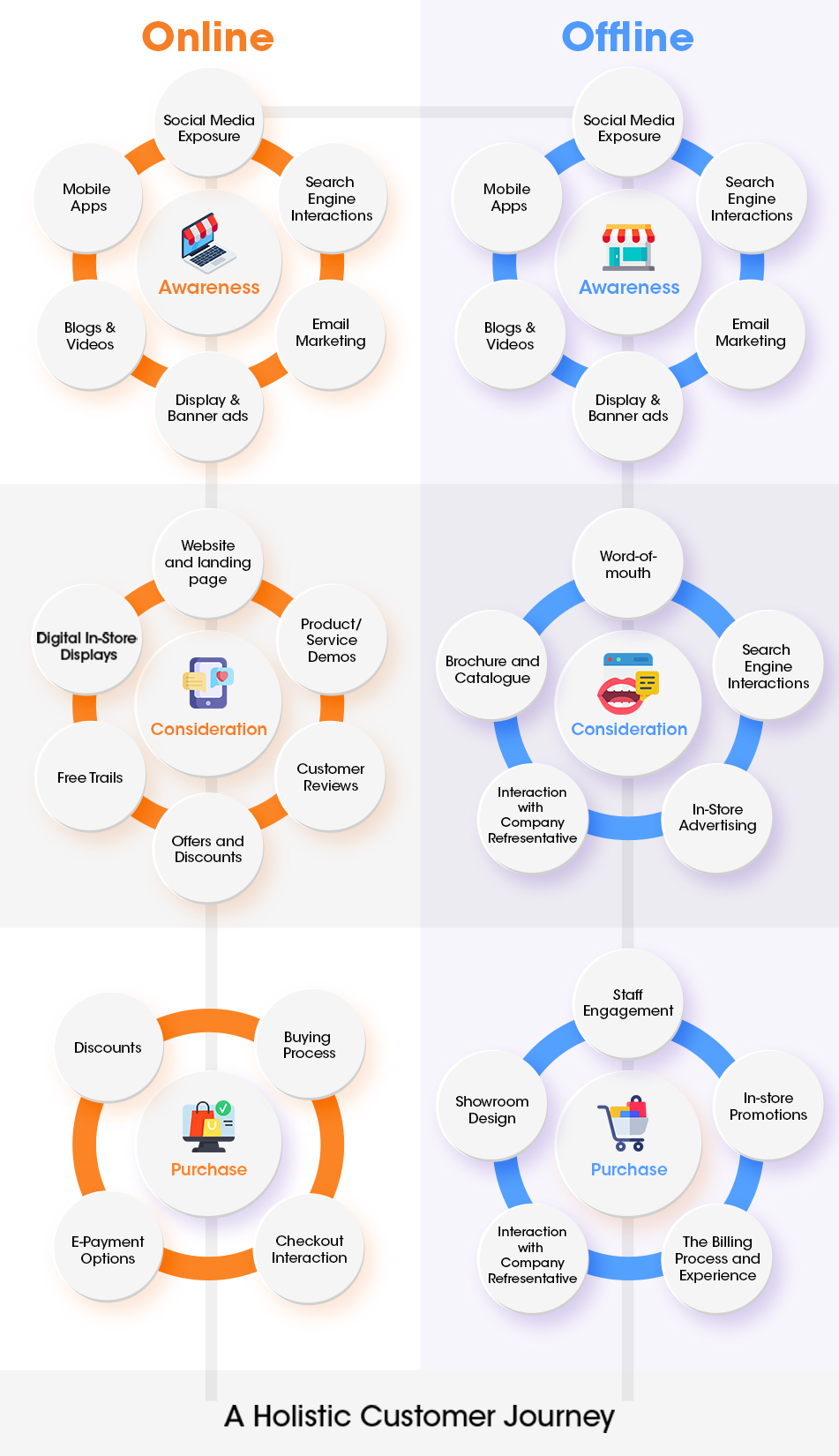
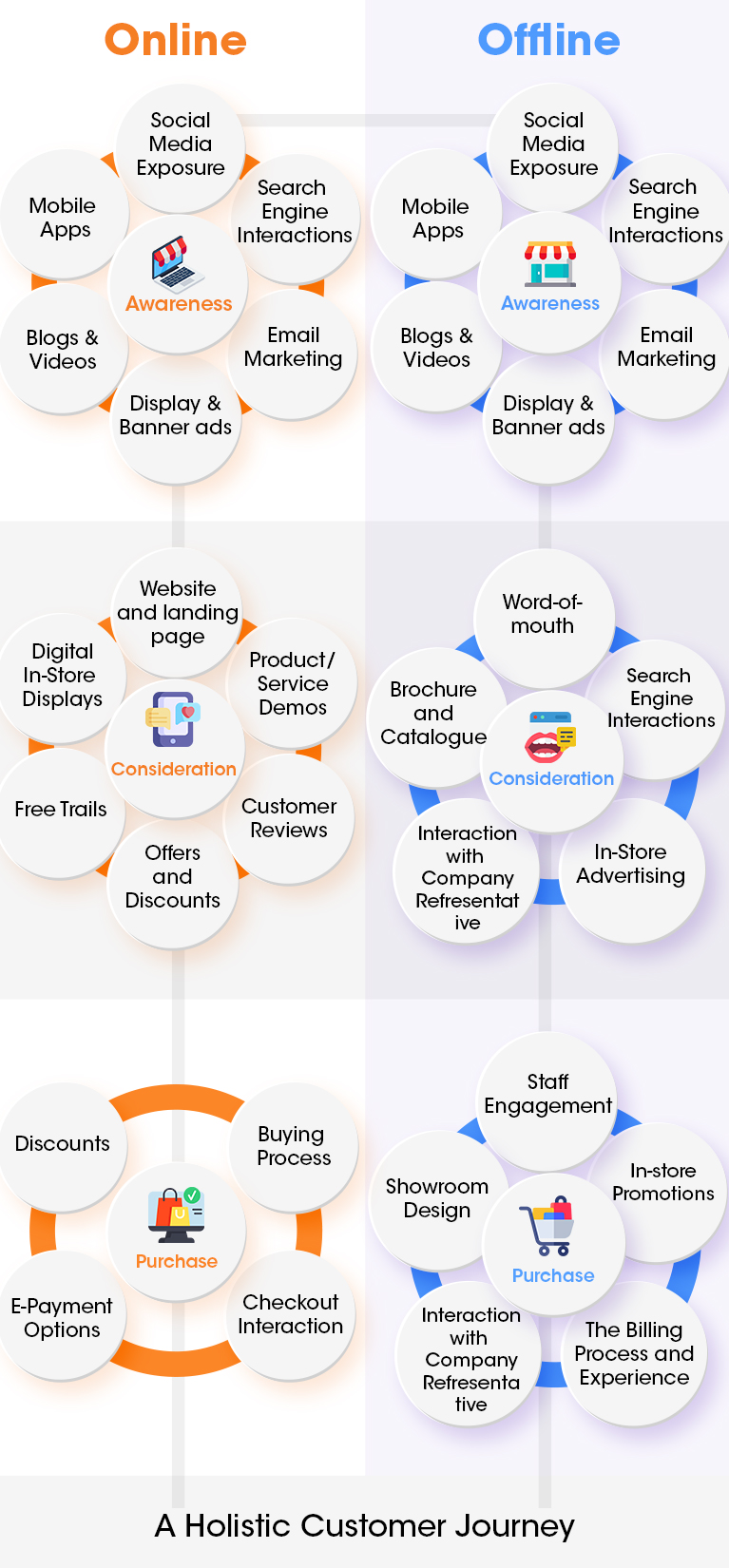
The digital marketplace has levelled the playing field for all brands and industries, making it extremely easy to look good online if you know what to do. However, your online persona is no longer enough to attract the modern consumer. Today’s buyer wants more and with the huge number of brands saturating the market, there is no dearth of options either. The sheer ease offered by e-commerce has now been ingrained in the collective psyche of buyers, becoming a routine expectation rather than an added convenience.
So, to stand out from the rest and capture the attention of the audience, brands need to go further than ever before and offer a “holistic” experience to consumers.
Delivering on Consumer Expectations
The integration of technology into almost every sphere in our lives is steadily blurring the boundaries between real-life and digital interactions, transforming how people experience the world around them. This is one of the biggest reasons why brands must adopt marketing strategies that go beyond conventions.
It is important to forego the limitations of digital-only strategies and bring together the online and offline aspects of a customer’s purchase journey, to create unique real-world experiences that are further enriched by the numerous capabilities offered by digital tools.
Enter Design Thinking: A Unique Approach to Problem-Solving
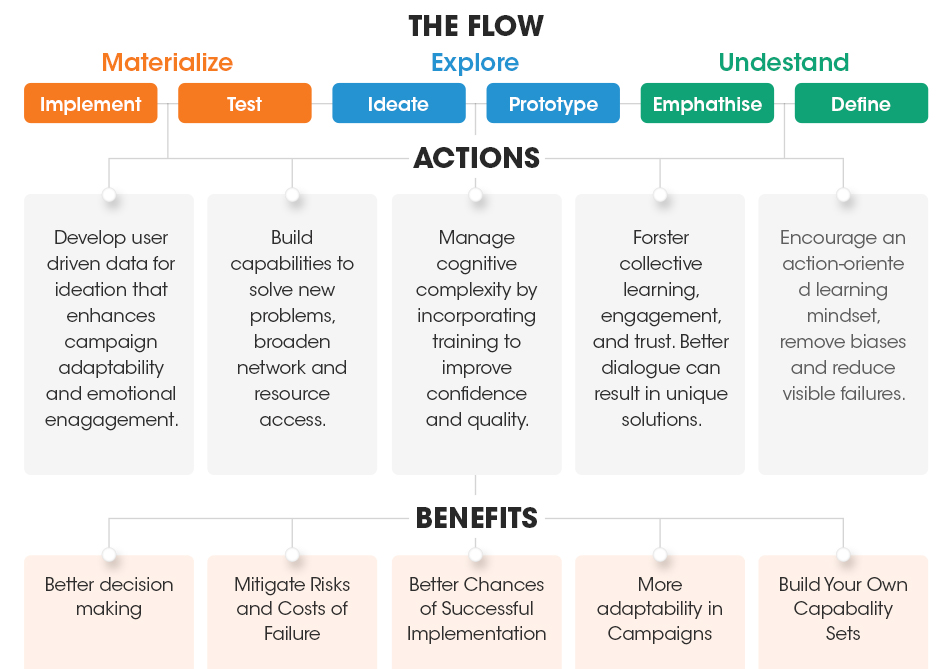
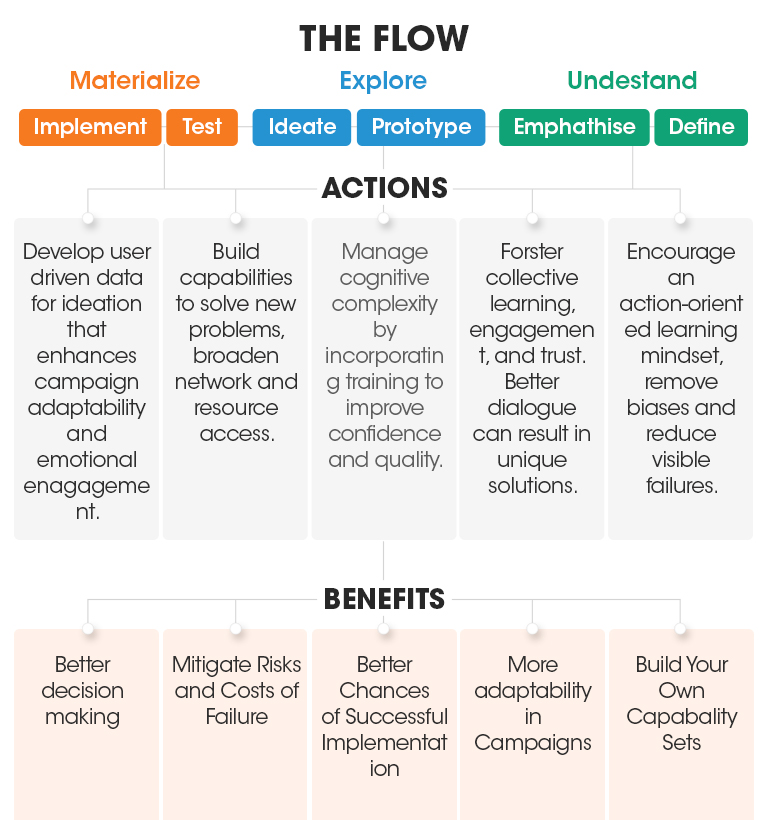
Modern times are driving disruption and transforming industries, navigating which requires not new strategies but new ways of thinking. Adapting a solution-based approach can go a long way in helping brands deliver what the consumer wants.
Based on the process used for creating new products and technologies, Design Thinking focuses on the needs of the user to come up with designs and functionalities consumers would find useful. Today, the concept is a widely accepted problem-solving approach that is used across almost all industries.
Design thinking is a “human-centric” process that prioritises the needs of the consumer.
The Foundation of Design Thinking
Traditional problem-solving methods generally involve a linear approach where a pain point is identified and then you brainstorm solutions for the same. Design thinking goes beyond looking for a single solution and is more about constantly evolving the thought process to dynamically respond to consumer needs. While design thinking is an iterative process with different steps involved, it is based on three basic principles:
- Empathy: Your inspiration for creating solutions should not come from what you have to offer but from the prevalent needs of your consumers.
- Expansive Thinking: Question-storming, as opposed to conventional brainstorming, is all about questioning everything. Explore your consumers’ needs, ask the why, what, and how behind it, then even question the answers you come up with.
- Experimentation: Test solutions, “fail fast”, learn from them, adapt, and repeat. Even ideas that don’t work will provide priceless insight into what does, which you can integrate to better your idea.
Non-Linear and Iterative: The Process of Design Thinking
Design thinking works when it is not bound by the steps of a simple 1-2-3 procedure.
Common knowledge and extensive experience in a field, when combined with repetitive activities, where you are following the same guidelines over and over again, tend to create thinking patterns that result in contextual applications of solutions. And this is the biggest roadblock on the path to developing new and innovative problem-solving methods.
Forget what you know to be established facts and instead of thinking like an expert, approach marketing strategies with the mind of a beginner. Assume nothing, be open and curious, and even when you face ambiguities, look for the opportunity hiding within.
Design thinking is more about a culture or mindset that can be approached from any direction and may even appear rather messy and unfocused to the uninitiated.
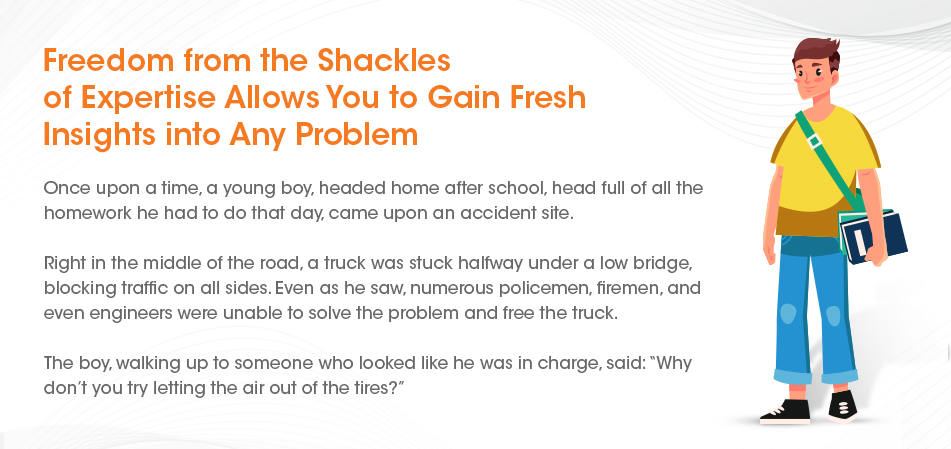
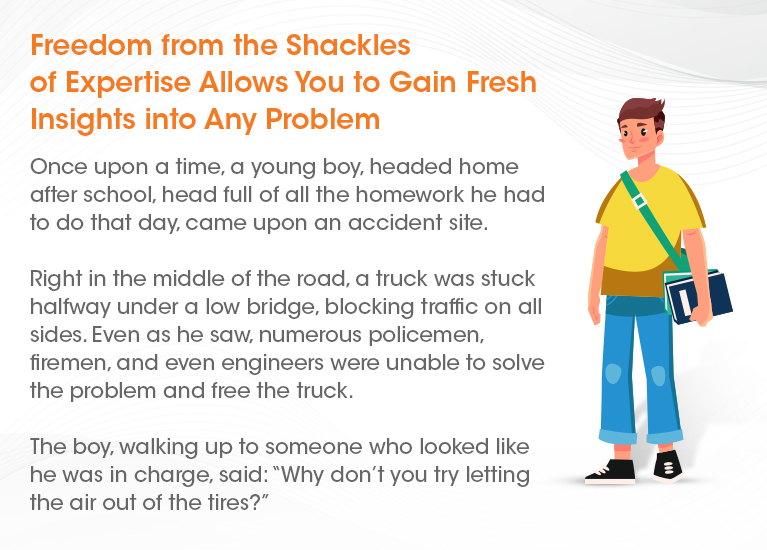
Design thinking accelerates innovation, but its true power lies in the fact that you won’t know what your next step is until you’re in the midst of the process already. Still, the design thinking process can basically be divided into 5 aspects:
- Empathise: Research and Understand User Needs
Consider your consumers’ perspective, understand who they are, find out what they face and accomplish on a day-to-day basis, and think about what pain points they have that need solutions. Empathise with your audience and set aside your own assumptions for a fresh perspective.
- Define: State User Needs and Problems
Take the information you collected about your consumers and analyse it to define problem statements. Create user personas to maintain the human-centric approach and identify the problems or needs that you can help address.
- Ideate: Challenge Assumptions and Question Everything
Think outside the box and consider alternative perspectives of the problem to come up with innovative solutions. Question-storm everything!
- Prototype: Give Form to Your Solutions
Experiment to investigate the ideas you have come up with. Create prototypes of your best solutions.
- Test: Try Out the Solutions
Rigorous, short-cycle testing is a very important part of the design thinking process. Throw your prototype out there and pay attention to its reception. While this is generally the final stage in most strategies, design thinking goes further. Whether the test works or fails, it will provide deep insight that can help enhance your strategy even further. Focus on seizing opportunities and not on preventing errors.
With the dynamic audience of today, your design thinking approach may go from “Test” back to “Ideate” or you could use testing as means to learn about your consumers, which means your approach begins with “Test” and moves to “Empathise”. The best part about the design thinking process is that it can be adapted to the varying needs of consumers and changing market conditions with ease.
Design Thinking is Not Just the Design Team’s Job
This is one of the most common thoughts people have about design thinking; that is just for designing products or graphics or for redesigning the digital assets and online presence of a brand. However, this is nothing more than a myth propagated by a simple lack of knowledge.
The use of the word “design” often creates a conception that design teams have the sole proprietorship of design thinking. Which is not really true. Design thinking, basically being a way of thinking, has an expansive scope and finds application in a number of fields, industries, and job profiles today.
To be fair, an observation of how designers work and approach problem-solving is what set the premise for design thinking. A designer thinks about what would appeal to the user, what they like seeing, what formats are popular at the time among users, and more before they come up with a design. This focus on what the user wants instead of what you want to provide forms the base upon which design thinking rests.
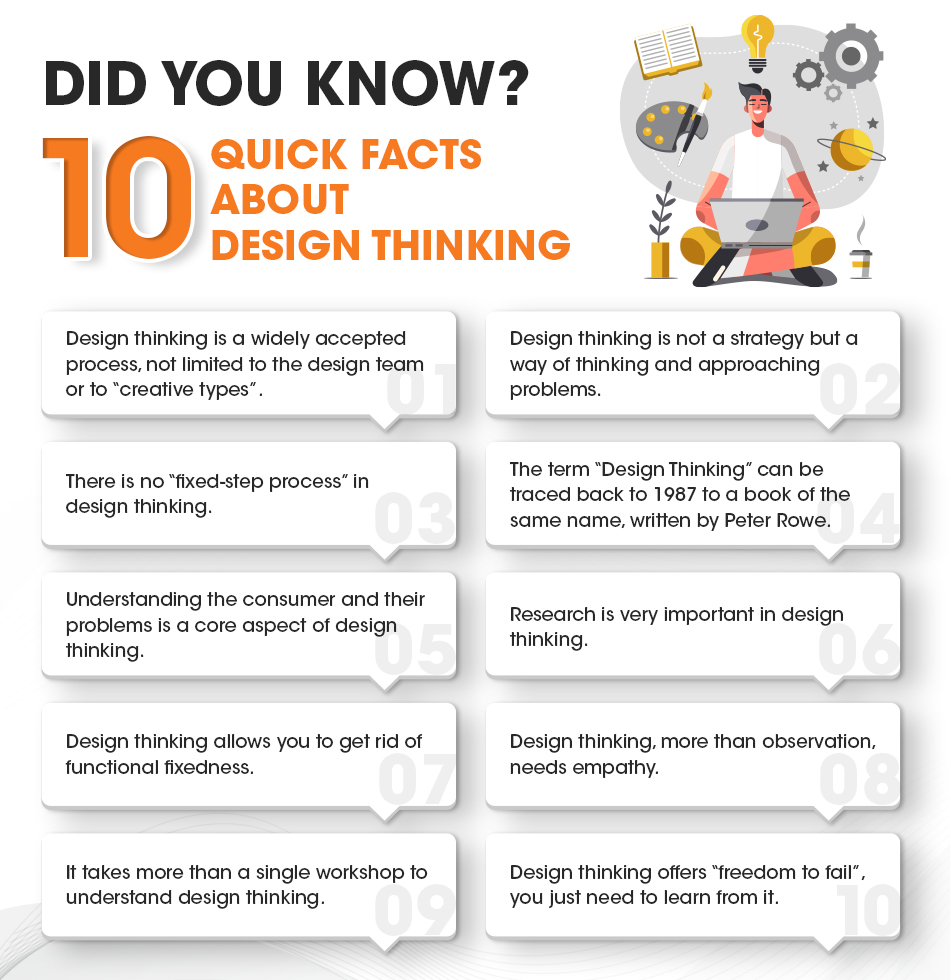
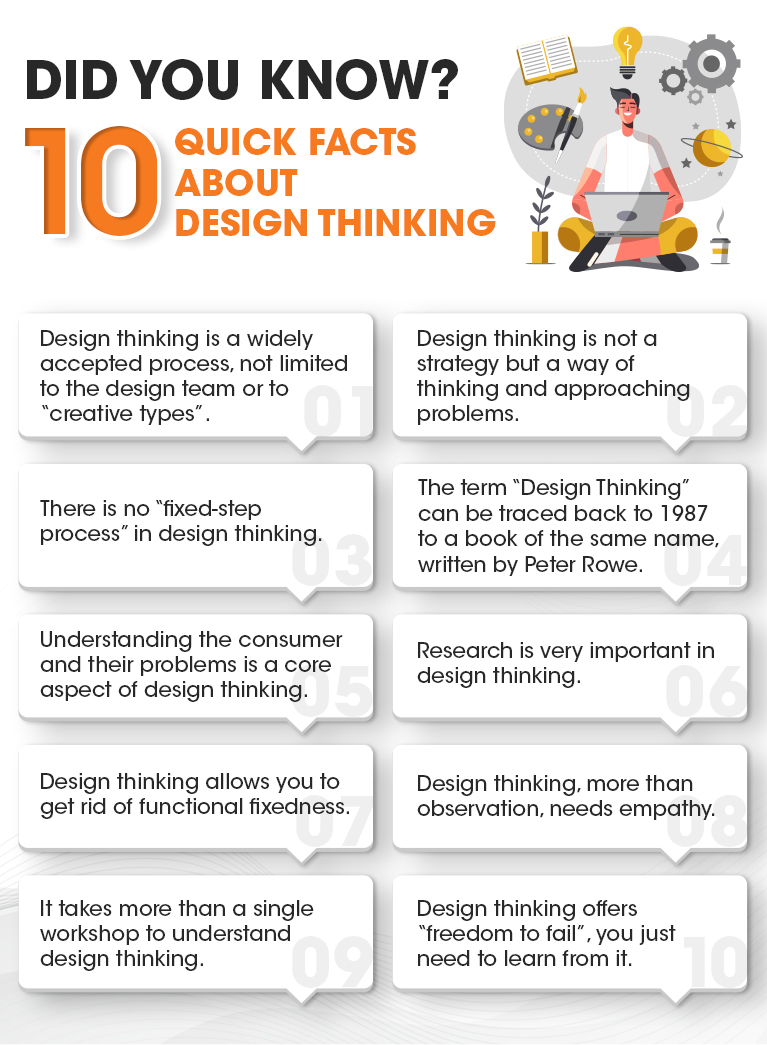
It’s time to let go of the guardrails, get over basic biases, and discard all attachments you have to behavioural norms. At AdGlobal360, we immerse ourselves in our customers’ perspective, gain a deeper understanding of what they need, and deliver solutions that are relevant, dynamic, and impactful.
It’s time to adapt and thrive! Let’s catch up over a cup of coffee and explore how Design Thinking can work for your brand.
A strategic communications professional with 6+ years of extensive industry experience in helping brands, corporates and leaders articulate their thirst & progression compellingly. When she’s not busy strategizing, she invests into researching new marketing trends and creativity hacks.






Leave a Comment